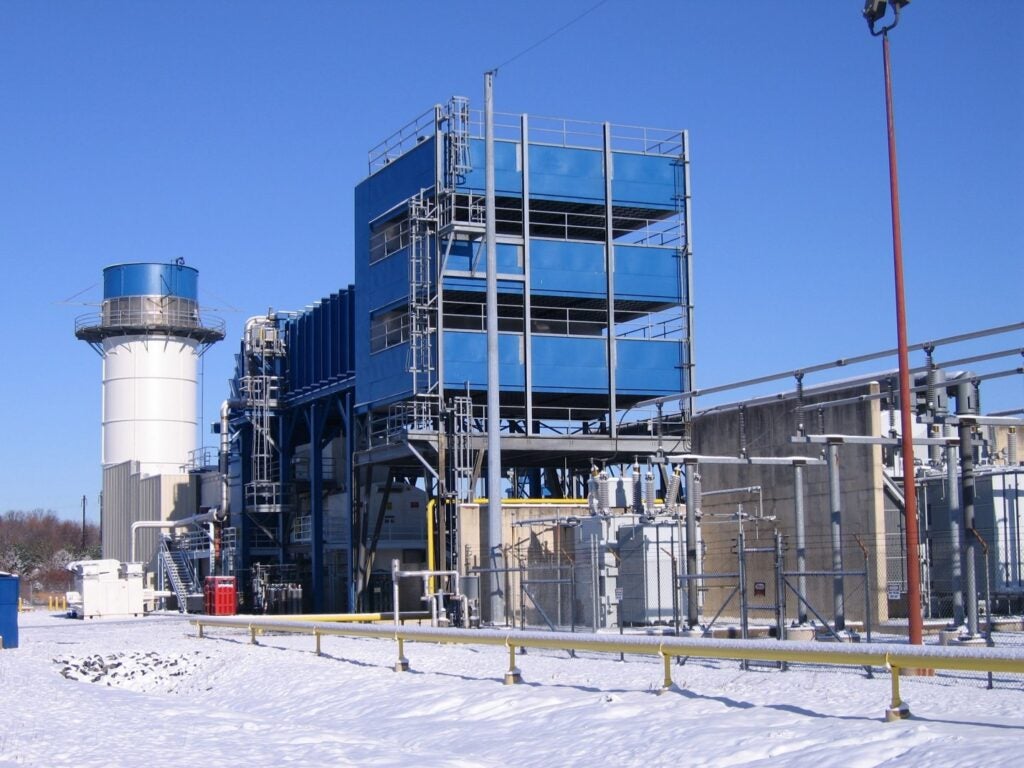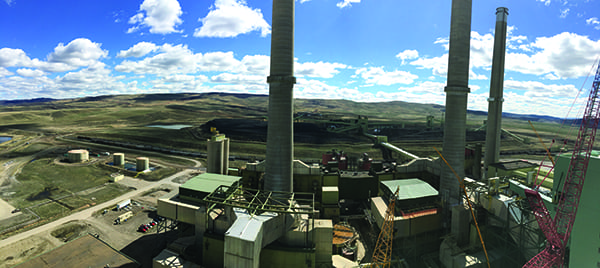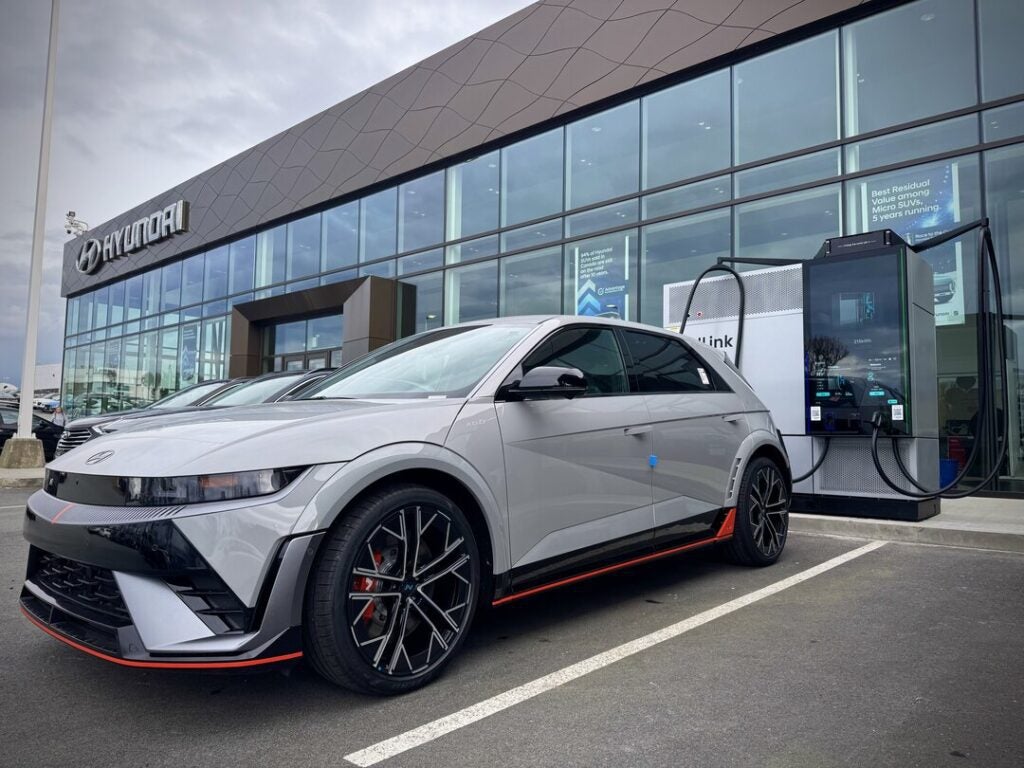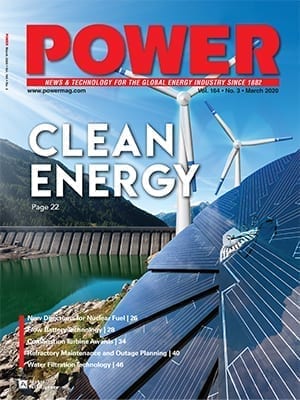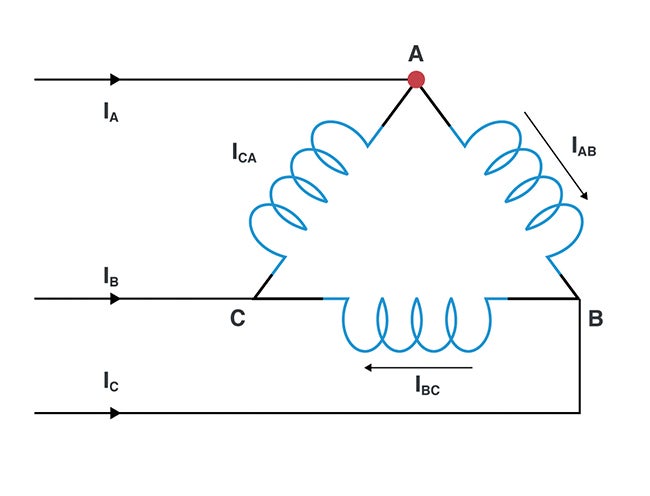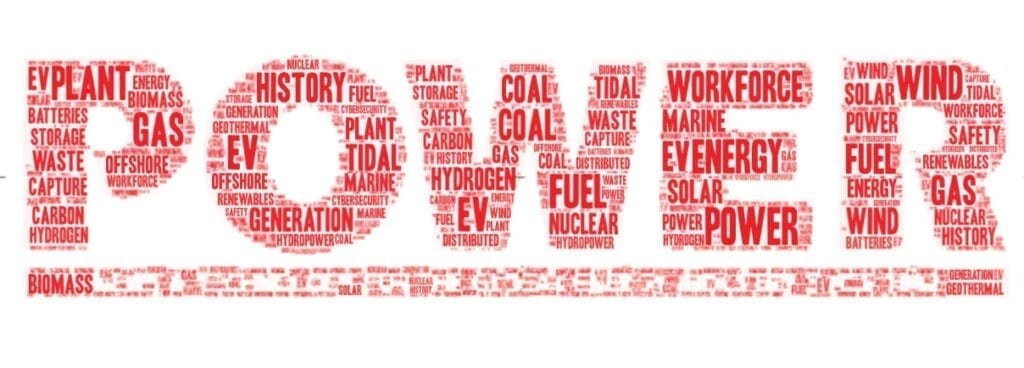As electric vehicles (EVs) surge in popularity, many American homeowners are discovering a hidden obstacle to the EV transition: the aging electrical infrastructure of the nation’s housing stock. While modern homes are often built with 200-amp service panels, houses built before 1990 often have just 100 amps or less—creating an unexpected barrier to convenient home charging. It’s not uncommon for a Level-2 EV charger, which delivers electricity at a higher voltage (240V) than a Level-1 charger (120V) and enables significantly faster charging times, to be rated up to 48 amps and require a 60-amp breaker. That’s a huge deal for an older home’s owner.
“Half of our service territory—half of our residential customers—because our grid is a little bit on the older side, they have a 100-amp panel or a 60-amp panel,” Quinn Nakayama, senior director of Grid Research Innovation and Development with Pacific Gas and Electric Co. (PG&E), explained. “When an electrician comes to install a Level-2 charger, they often look at the panel and say, ‘You need to upgrade.’ Those cascading costs and time can be significant to a customer. They may have to pay $4,000 to upgrade their panel because there may be some wiring issues that require upgrades as well.”
Meanwhile, when a customer upgrades their panel from 100 amps to 200 amps, the local utility may also need to make changes to its system. “Our planners try to protect the system, so they’re going to look at the secondary side, the customer’s service drop, and the service transformer. Some of that may need to be upgraded and it could be four to six months before we can get to those upgrades,” Nakayama said.
But that’s not all. Nakayama explained that if a customer has underground service to their home, they are responsible for “that last mile,” which could cost up to $40,000. “This is the pain that our customers are facing today when considering charging at home,” he said. “If a person is thinking about getting an EV and they realize that getting an EV charger at home is going to take all of this related work, they might buy an ICE [internal combustion engine] vehicle instead, which could result in 10 years of lost EV electricity sales for a utility, plus all the associated air emissions.”
How to Escape Upgrades
So, how can all of that cost and frustration be avoided? “We partnered with Itron to work with our EV customers,” said Nakayama. “Together, we are creating this capability between a customer’s charger and the meter. Right now, it’s going to be over the customer’s Wi-Fi. So, what it’s going to do is: the meter knows exactly how much electricity a home is using, and so, what it can find is how much is left that can be used for the EV charger.”
For example, when a home’s air conditioner is not running and other loads are minimal, the EV charger could charge at its maximum output. However, when the air conditioner is needed, the charger could be ramped down to only 10 amps, for example, to prevent overloading the home’s system. While that means a customer’s vehicle may not charge as quickly as they might like, it also means the panel does not need to be upgraded, thereby eliminating that added cost.
In this scenario, the homeowner’s system would also have the ability to communicate with the larger grid, which means it can be informed of upstream constraints as they arise. This is important because it allows the EV charger to be curtailed when there are supply-side issues. That means PG&E can forego, or at least delay, service transformer upgrades and other improvements to the secondary side of its system.
“We’re not going to force customers to do this, but if I’m a customer trying to get a Level-2 charger, and PG&E tells me it’s going to do this for me for free, and I don’t have to get a panel upgrade or wait four to six months—I can get it tomorrow. I’d be like, ‘Sign me up!’ ” said Nakayama. “And the best part is, air conditioning doesn’t run as often at midnight, but the cheapest time to charge an EV is at midnight and our service transformers are not heavily loaded at midnight. So, in the end, customers may not even be that inconvenienced.”
Intelligent ‘At-the-Meter’ Technology
Beyond the charging solution PG&E has implemented with Itron, Nakayama also mentioned a product called the SPAN Edge, an Intelligent Service Point device. It allows utilities “to better manage the distribution grid and rapidly enable home electrification,” according to its maker. The SPAN Edge is touted as a cost-effective and scalable “at-the-meter” grid technology that goes beyond traditional metering to deliver real-time, autonomous power controls. SPAN claims it can be installed in less than 15 minutes by a qualified technician.
“They install a collar in between the meter and the home,” Nakayama explained. “The collar has wiring that connects to another small panel, which is rated for 200 amps. So, you have the 100-amp panel in the home and a 200-amp panel that is sitting on the side. In theory, the total home rating would be 300 amps, but if you work with an AMI [advanced metering infrastructure] meter to coordinate the SPAN panel and the home panel, it can regulate everything, so it never draws more than 100 amps from the system.”
SPAN says the solution “unlocks reliable, flexible, load-shaping benefits that are broader and firmer than traditional demand flexibility resources.” The SPAN Edge enables homeowners to add EV chargers, heat pumps, batteries, and more without increasing a home’s electrical service, all while providing utilities unprecedented coordination at the grid edge.
For PG&E, the benefits are tangible. These solutions support transportation and building electrification, lower costs, reduce emissions, and aid customers. “Those are the types of things that we’re trying to work on,” said Nakayama.
—Aaron Larson is POWER’s executive editor.







